It’s officially a year today since the UK entered the first national lockdown and so we’re going to take a look at our top tips for looking after a car during a pandemic.
Over the past year we know we’ve certainly done a lot less driving than usual. Working from home, no trips to visit family and friends who live further afield, and no holidays mean we’ve all clocked up a lot less mileage than ever before.
Although this is beneficial in some ways, less mileage means less wear and tear on the vehicle and consumables haven’t needed replacing as often. There are some downsides to not using your vehicle as much, like having to clear out or replace the diesel particulate filter, dead batteries and even animals nesting under the hood.
Top 10 Tips for Keeping Your Car Running During a Pandemic
To help you keep your vehicle in top running condition for the remainder of the lockdown we’ve rounded up our top ten tips. These are based on our own experiences over the past year and what we’ve discovered through our own mistakes as well as general tips and knowledge we have as car lovers.
We hope you find these useful!
1. Drive Your Car Regularly
Without regular use, you might find that when you need to drive your car it won’t start, or when it does something doesn’t feel right. This is because they are not designed to be left standing still for weeks or months at a time.
We recommend driving your vehicle at least once a week for at least 15 to 30 minutes to prevent your battery from going flat.
Batteries work the best in warm weather which is why you might have found that during the past few winter months your car has struggled to start, or you’ve needed a jump start from a helpful neighbour.
You might find that your battery is completely flat and so a jump start will not get it running again. If this is the case you will need to get the battery replaced. If this is the case for you we recommend driving the vehicle a little more than you previously had once the new battery has been put in.
You can let the engine run whilst parked but we recommend moving the vehicle as well if you are able to, even if it is just for a short drive as this prevents the brakes from seizing. If stationary for an extended period of time your brakes can seize.
Seized brakes mean that the brakes do not fully disengage when you are driving, and so you are driving with the brakes applied slightly. Not only does this impact your speed but it also means that the brake pad will wear down very quickly and your transmission will also become more worn. You should be able to tell if your brakes have seized because you will feel a difference when you are driving.
2. Park Your Vehicle in a Safe Location
If you aren’t driving your vehicle regularly or are having to self-isolate because of close contact or suspected Covid 19 in the household then you should make sure that your vehicle is parked in a safe location.
If you have off-road parking available to you, whether it’s a private drive or a garage, we recommend using this.
If you do need to park your vehicle on the road then there are a few steps you can take to try and make it as safe as possible.
The first thing to be aware of, that not everyone remembers, is that as per the guidelines set out in the highway code you must park on the left side of the road with the front of your vehicle facing the same direction as the travelling traffic will be. This is because oncoming vehicles should be able to see the rear reflectors to see your car. If you do not park in the same direction as the traffic and are not in a recognised parking space then you can be fined up to £1,000 in a car or small vehicle and up to £2,500 in a goods vehicle.
If you are going to be parking on the road and are pulling one side of the vehicle up onto the pavement to reduce the risk of your vehicle being a hazard to other traffic then it’s important to remember that the footpath is used by pedestrians. We recommend using as little of the footpath as possible and to try and keep at least enough space for a pushchair or a wheelchair to be able to safely use the remaining path. If you do not leave enough space on the path for the pedestrians then they will have to go into the road to go around your vehicle, creating a hazard for other road users and potentially putting themselves in danger.
When parked if you are in the road or a parking space we recommend tucking in your wing mirrors so that these aren’t sticking out as far from the vehicle and so less likely to be clipped by passing traffic.
Whether you are parking for just a few minutes or for a week you should always remove any valuables from the vehicle as well, or at least make sure they are out of sight, to reduce the risk of thieves breaking into the car to take them.
3. Turn the Music Down
To reduce the risk of your battery running flat we advise turning your radio, lights and any additional systems off before switching the engine off. This will prevent them from running the battery down whilst parked for an extended period of time.
If you have needed to get a jump start and need to run the vehicle to charge the battery and prevent it from dying again then we recommend using the radio and air conditioning as little as possible for this drive, to reduce the strain on your battery and engine.

4. Check Your Tyres
Like you would before any long journey you should also check the condition of your tyres if you’ve not driven in a while.
If a car has been stationary or exposed to direct sunlight for extended periods of time then the rubber, like that on your tyres, might become cracked. You should check to ensure that there are no cracks, cuts or bulges in your tyres before driving,
You should also check the tyre pressure if your car has been stationary for a while. Low tyre pressure can affect how the vehicle handles, the fuel efficiency and how quickly the tyres wear down.
5. Check Your Lights
Another check that you should do is to make sure all your lights are working. Although you won’t have used them when the vehicle was not being driven a bulb may still have gone and so we recommend checking that all of the lights are working.
You will need to check your headlights, rear brake lights, fog lights and indicators.
An easy way to test that the indicators all around your vehicle are working is by applying your hazard lights and then walking around the vehicle to ensure they are all flashing.
To check your rear brake and fog lights you can reverse up to a reflective surface or window and applying the brakes and then turning the fog lights on. To check your headlights you can then turn the vehicle around and turn them on.
Alternatively, you can apply the lights and ask someone else to tell you if they are all working.
6. Top Up
There are a number of fluids that we recommend checking under the hood of your car if it’s been stationary for a while.
To check any fluids you should always ensure your vehicle is on a flat road surface and not tilted slightly, for example, if one side is parked on a path or you are parked on a hill, to ensure you get an accurate reading.
You also need to check the fluids when the engine is cool, so not after you have just driven it. This not only helps you get accurate readings but also avoids accidents like burning yourself on a hot component.
The fluids you will need to check are:
- Oil
- Screenwash
- Engine coolant
To check the oil you will need to locate the dipstick by finding the ring pull. This is usually a bright yellow or orange colour. Once located you should pull this out and clean the dipstick using an old rag or kitchen towel before replacing the dipstick and then pulling it out again. The level should be between the minimum and maximum lines.
If it is below the minimum you will need to top up. Please check the manufacturer’s guidelines for the oil type that your particular model requires.
For the screenwash you will need to do a visual check of the tank. It is likely that if you have not driven in a little while you will need to clean the windscreen of any dirt that has built up and so you should try to ensure that there is at least enough in the tank to do this, as well as to use when driving.
The engine coolant should be between the minimum and maximum lines on its container. If it is below the minimum line then again you will need to top this up to a safe amount between the two lines.
Another thing you might need to top up is your fuel. If you have not driven in a while then it’s unlikely you know how much fuel is in the car, not like you would if you were driving every day. We recommend checking the fuel gauge and visiting a petrol station if needed.
7. Check Your Windscreen
Even if you are not driving your vehicle still might receive a chip to its glasswork, which is why we recommend checking your vehicle’s windscreen, as well as other windows, for any chips or cracks.
You will need to repair any chip or crack that is larger than 40 mm on your windscreen and any bigger than 10 mm in the area directly in front of the driver in order for the vehicle to pass its next MOT. However, we advise getting ant damage to your glasswork repaired as soon as you spot it to avoid the chip or crack becoming any larger.
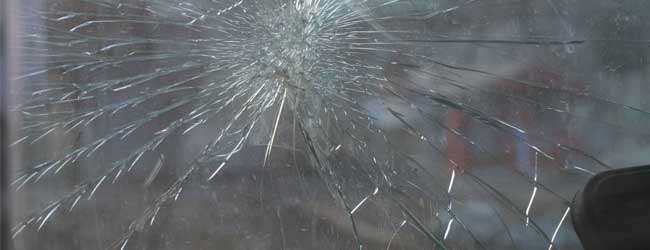
8. Check Your Diesel Particulate Filter
If you have a diesel vehicle then you should regularly be checking the diesel particulate filter as these full up quickly if the car is unused for an extended period of time.
To avoid having to replace this you will need to regularly drive the vehicle for around 10 to 15 miles on a fast-paced road in order to engage the regeneration process for the filter and prevent it from becoming clogged.
9. Check for Animals
If your vehicle has been parked outside for an extended period of time then you should check for any signs of animals near or underneath it. Cars can be useful homes for animals of all shapes and sizes, especially during colder weather, as they provide shelter, warmth and sometimes food.
Even if you are using your vehicle more regularly we still recommend checking in case there is anything sheltering beneath your vehicle.
If you do find an animal or their nest in or near your vehicle we recommend moving it to a safe location and trying to disturb any animals as little as possible. If you are ever in doubt then you can also contact your local RSPCA or animal charity for advice.
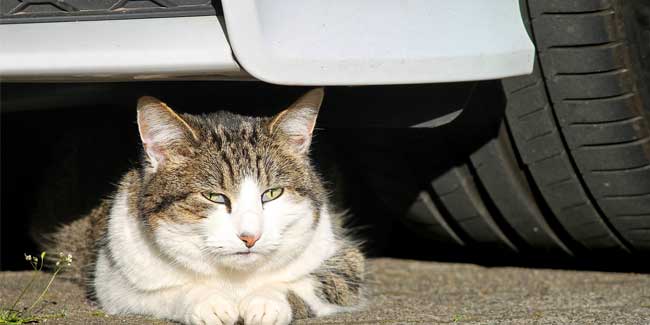
10. Keep it Clean
We mentioned earlier about ensuring any valuable items have been removed from the vehicle if it is parked for extended periods of time but we also recommend making sure that your car is cleaned inside and out.
You should clear out any rubbish from the vehicle, especially food rubbish or packaging, not only will this begin to smell after some time but it could also attract animals, and any smell could linger long after the rubbish is removed. You should also remove any food, even if it is wrapped up, as this might melt on particularly sunny days and stain your interior.
You should also make sure that you clean any marks from sat nav or phone holders from your windscreen or dashboard. These marks can alert thieves to the possibility of valuable items being in the vehicle.
It’s not just the interior that you should clean but the exterior as well. If you are not using the vehicle as much and it is spending most of its time parked in the same position then chances are it is going to be getting dirty. Not as much as if you are driving through muddy fields but dirty will still accumulate.
Bird poo can cause damage to paintwork if left on a vehicle for a long time so should be cleaned off as soon as you spot it. For a full breakdown on how to clean and repair any damage caused by it take a look at this article.
Other dirt like tree sap and mould, which can grow in the joints and creases of your vehicle if not regularly cleaned, can also cause damage and so we recommend cleaning your vehicle regularly even if you are not using it.
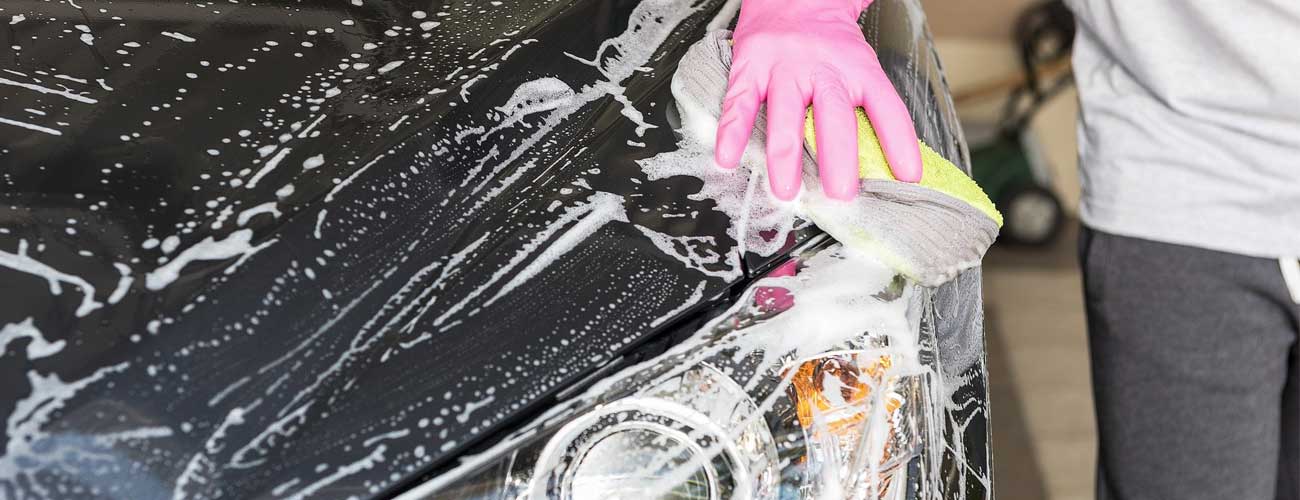
For more helpful tips on how to keep your vehicle in top condition head back to our blog archives or visit our guides homepage.




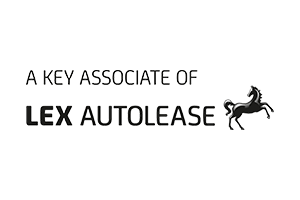



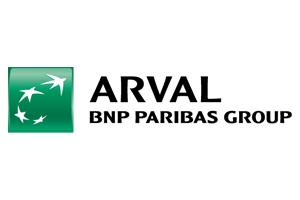
Leave a Comment